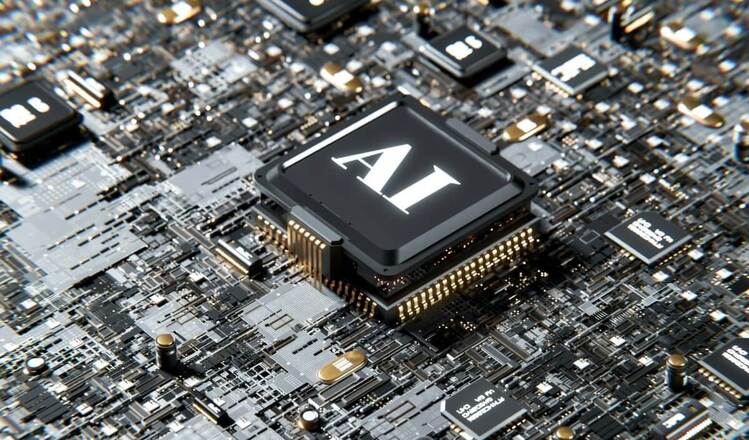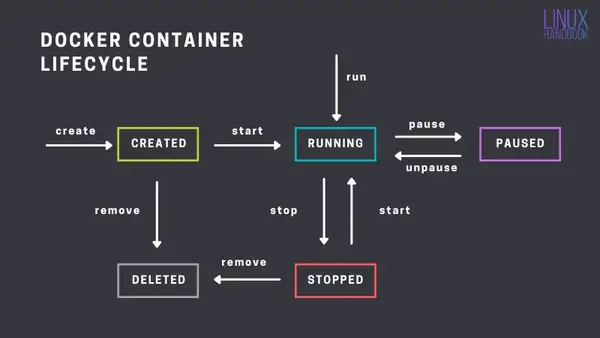
For decades, the central processing unit, or CPU, has been the undisputed foundation of enterprise computing. It powered everything from mainframes and PCs to the cloud servers that run the digital economy. But as artificial intelligence (AI) workloads redefine what ‘compute’ really means, the CPU’s once-singular dominance is being challenged by a growing family of specialized processors.
Graphics processing units (GPUs), neural processors, tensor units, and language-focused accelerators are now essential to the new computational hierarchy that supports machine learning, analytics, and generative AI.
While GPUs tend to dominate the conversation, CPUs remain indispensable in modern business technology. They are the backbone of systems that demand versatility, reliability, and low latency. Yet CPUs were never designed to handle the massive parallelism that today’s AI applications require. Deep learning models, large language models (LLMs), and real-time inference workloads demand thousands – or even millions – of simultaneous calculations. The result has been a fundamental rethinking of what processors should do and how enterprises should invest in them.
Rethinking the Hardware Mix
The question for businesses is no longer whether GPUs will replace CPUs, but how to balance the two. Each serves distinct, complementary purposes. CPUs are optimized for serial processing – executing one task at a time with high precision and logic control. GPUs, on the other hand, thrive on parallelism. They can execute thousands of threads simultaneously, making them ideal for large-scale computation such as training AI models or performing massive simulations.
Industry experts often use a simple analogy: a CPU is like a skilled mason laying bricks one by one, while a GPU commands a team of thousands working in perfect synchrony to build an entire wall. The GPU’s ability to handle dense mathematical workloads has made it the centerpiece of AI research, algorithmic trading, and computational biology. But these capabilities come at a cost. GPU-powered infrastructure is expensive, energy-intensive, and requires advanced cooling and networking to sustain performance. Private data centers built around GPU clusters can become cost-prohibitive without careful utilization and orchestration.
CPUs, in contrast, shine in areas where precision and sequential logic matter. Web servers, enterprise applications, and operating systems depend on CPUs’ responsiveness and efficiency. In AI, CPUs remain well suited for inference tasks and for training smaller or domain-specific models that do not demand extreme parallelization. In fact, many enterprise systems now deploy hybrid configurations – pairing high-end CPUs with multiple GPUs in a single server to optimize both data processing and computation.
Beyond CPUs and GPUs: Specialized Processors
While the industry conversation has largely centered on CPUs and GPUs, a new generation of processors is emerging to handle highly specific AI workloads. These chips are engineered not for general-purpose computation, but for the mathematical demands of language, neural, or tensor operations.
Language processing units (LPUs), such as those developed by Groq, are optimized for natural language processing (NLP) and large language models. They excel in applications like real-time translation, conversational AI, and sentiment analysis – tasks where understanding and generating language dominate.
Neural processing units (NPUs) accelerate deep learning and inference within constrained environments such as smartphones, robotics systems, and Internet of Things (IoT) devices. Their energy efficiency and ability to perform matrix multiplications make them ideal for edge computing scenarios.
Tensor processing units (TPUs), pioneered by Google, are purpose-built for deep learning workloads. TPUs specialize in tensor computations – core mathematical operations in neural networks – enabling the acceleration of both training and inference for large-scale AI models.
Each of these processor families uses a different instruction set architecture (ISA), defining how commands are executed at the silicon level. While the x86 architecture still dominates CPUs, the industry is exploring alternatives such as RISC-V, an open-source ISA that allows manufacturers to develop custom processors without restrictive licensing agreements. These open architectures could make computing more accessible, modular, and efficient.
In parallel, new interconnect technologies are reshaping how processors communicate. Photonic interfaces, for example, use light instead of electrical signals to transmit data between components, promising faster speeds and lower energy consumption than copper-based connections. Such innovations could redefine how data centers manage heat, power, and scalability.
Power, Location, and Ownership
Choosing the right AI hardware involves more than selecting a processor type. Location, power availability, and infrastructure design all shape performance outcomes. Whether enterprises purchase or lease their hardware, access to sufficient power, cooling, and networking capacity determines whether systems deliver their full potential.
Data center operators are also reevaluating hardware utilization. Idle GPUs represent wasted capital and energy. Workload scheduling, dynamic allocation, and virtualization technologies are becoming essential to maintain efficiency across large-scale compute clusters.
The decision ultimately depends on an organization’s specific needs. Training large models requires immense GPU power and potentially cloud-scale infrastructure. Running industry-specific inference workloads at the edge may rely more on CPUs, NPUs, or even LPUs. There is no universal template for AI infrastructure – only a series of trade-offs between speed, cost, flexibility, and energy consumption.
The Expanding Processor Ecosystem
The proliferation of specialized processors signals a broader shift in computing philosophy. Where the past half-century revolved around general-purpose CPUs, the next era will emphasize diversity in design and purpose-built optimization. AI companies are not just adopting new chips; many are developing their own. Startups and hyperscalers alike are investing in custom silicon that accelerates particular types of AI computation or reduces the energy demands of existing models.
This diversification of processors mirrors the evolution of AI itself – from centralized supercomputing to distributed intelligence. As enterprises train, deploy, and refine AI systems, their hardware decisions will increasingly shape business strategy. The right balance of CPUs, GPUs, and alternative accelerators can determine whether a company scales innovation or hits a technological ceiling.
FAQ: Navigating the Future of AI Processing Hardware
As AI reshapes enterprise computing, business leaders are rethinking the balance between CPUs, GPUs, and emerging processors. The following five frequently asked questions highlight how traditional and specialized chips coexist, driving innovation, efficiency, and scalability across modern data centers and next-generation AI infrastructure.
Are CPUs still relevant in the age of AI?
Yes. CPUs remain essential for workloads requiring sequential processing, fast response, and system management. They handle operating systems, transactional databases, and inference tasks where parallelization is less critical.
Why are GPUs favored for AI model training?
GPUs excel at parallel computation. Training deep learning and large language models involves millions of simultaneous matrix operations, which GPUs can execute far faster than CPUs.
What makes specialized processors like TPUs and NPUs different?
TPUs and NPUs are tailored for specific AI tasks. TPUs focus on tensor-based calculations for deep learning, while NPUs are optimized for power-efficient neural network operations in mobile and embedded devices.
How do new instruction set architectures like RISC-V impact the market?
Open ISAs such as RISC-V allow chipmakers to innovate without paying licensing fees to incumbent providers. This fosters competition, lowers costs, and accelerates the development of customized processors.
Will photonic computing replace traditional architectures?
Not immediately, but photonic interconnects show promise in reducing latency and energy use in data centers. By transmitting data using light rather than electricity, they could become a key enabler of next-generation AI infrastructure.
The Road Ahead
The evolution of processing hardware reflects the broader transformation of enterprise IT. Where once a single type of processor powered all workloads, the future belongs to a heterogeneous mix of CPUs, GPUs, and specialized accelerators, each tuned to a particular computational rhythm.
As businesses navigate the demands of AI, cloud computing, and edge intelligence, the fundamental question is no longer which chip is fastest, but which combination delivers the right balance of performance, efficiency, and scalability.
The next chapter in computing will not be written by one processor type alone – it will be a collaborative architecture where every chip, from CPU to TPU, has a distinct role in shaping the intelligent enterprise.


